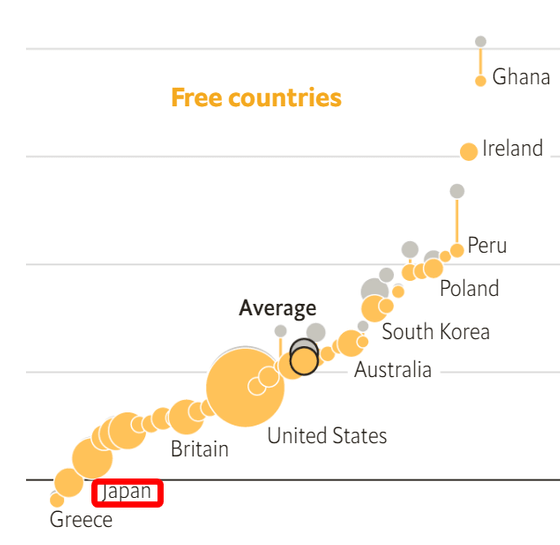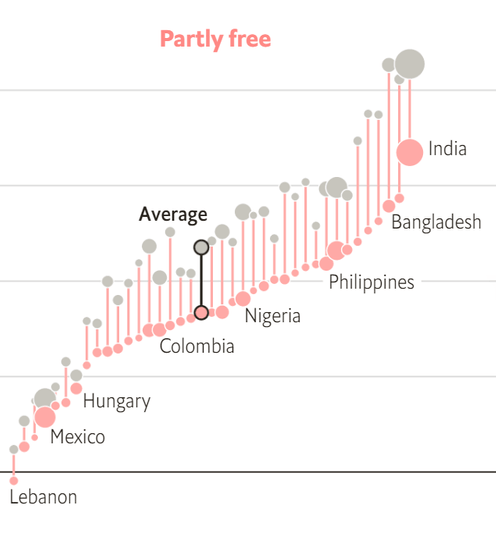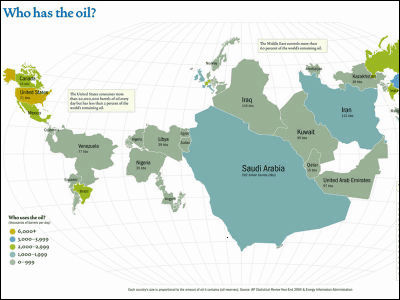If you look at the lights at night, the dictator's 'economic growth' lie is a research result with Barebare

Dictators are often thought of as ruthless but capable, as the saying goes, '
How Much Should We Trust the Dictator's GDP Growth Estimates? | Journal of Political Economy: Vol 130, No 10
https://doi.org/10.1086/720458
How Much Should We Trust the Dictator's GDP Growth Estimates? | BFI
https://bfi.uchicago.edu/insight/finding/how-much-should-we-trust-the-dictators-gdp-growth-estimates/
A study of lights at night suggests dictators lie about economic growth | The Economist
https://www.economist.com/graphic-detail/2022/09/29/a-study-of-lights-at-night-suggests-dictators-lie-about-economic-growth
Gross domestic product (GDP) is often used as an indicator of economic development, but GDP is also an indicator that is easily falsified by governments. Economist Luis Martínez, therefore, estimates the GDP of 184 countries around the world compiled by the World Bank and the nighttime lighting of each country observed by the Defense Weather Satellite Program operated by the National Oceanic and Atmospheric Administration. I conducted a study comparing actual economic development.
The result is below, the size of the circle represents the size of GDP, and the height of the circle represents the growth rate. In addition, when divided into upper and lower parts, the upper part shows the GDP announced by the government, and the lower part shows the GDP estimated from satellite observations.

First, looking at free countries, including Japan, there are exceptions such as Ghana and Peru, but there is almost no difference between the nominal GDP and the actual GDP.

On the other hand, in most countries with partial freedom, there is a discrepancy between what the country says is economic growth and what it actually is.

This discrepancy is more pronounced in authoritarian states. Also, in countries such as China, you can see that the size of the circle indicating the scale of GDP is different between the top and bottom.

Comparing published GDP with satellite data's inferred GDP, Martinez found that between 2002 and 2021, authoritarian GDP growth nearly halved from an average of 147% to 76%.
We also found that fraud is more likely to occur in GDP figures such as investment and government spending, which are particularly susceptible to manipulation by policymakers, and often occur when a country's actual growth is lower than other countries'.
One case of China is introduced as an episode that shows that the GDP of a dictatorship is unreliable. An American diplomatic document leaked in 2007 said that Mr. Li Keqiang , who was a local party secretary at the time, laughed and said, ``GDP is only for reference.'' In fact, in China, it seems that data such as electricity usage was used instead of GDP to measure the economic situation.

The reason for such injustice in dictatorships is simple: the opportunities and motivations are all there. In a dictatorship, the official opinion cannot be challenged, so the dictator can publish a figure of his own convenience. In addition, since the lack of economic development is seen as a sign of incompetence and weakness, dictatorships cannot show the reality to the public, and must continue to appeal to the public how much their country is developing. must be
The Economist, an economics journal that featured Martinez's research, said, 'Like dictators, people in dictatorships often believe they are being lied to. people should be skeptical of the economic development claimed by dictatorships.'
Related Posts:
in Note, Posted by log1l_ks







